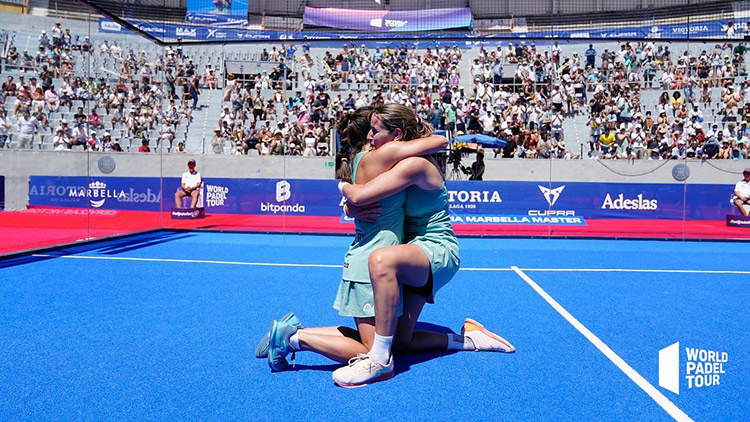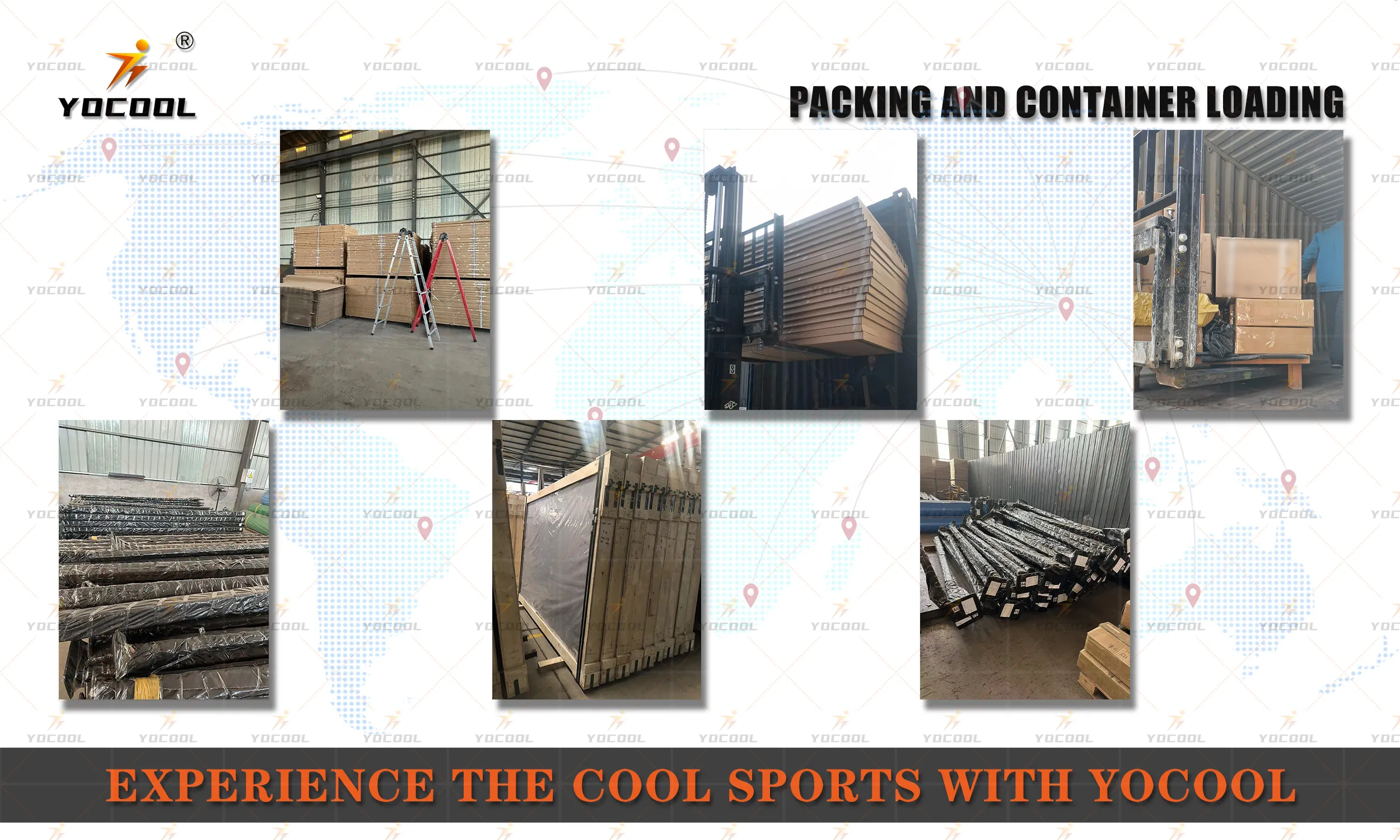The rising popularity of padel tennis has transformed it from a niche sport into a mainstream favorite, leading many to consider investing in their own padel tennis court. Understanding the associated costs is crucial for anyone interested in this endeavor, whether for personal use, business ventures, or community projects.

Construction costs for a padel tennis court can vary widely, influenced by a number of integral factors. First and foremost, the location plays a significant role. The cost of land, labor, and materials can differ greatly depending on geopolitical region. For example, in areas where the sport is well-established like Spain or Argentina, there might be more cost-efficient local solutions available.
The choice of materials is another major factor impacting the overall expense. High-quality synthetic grass often used in padel courts is designed to withstand immense wear and tear, but comes at a higher initial cost compared to alternative surfaces. However, it offers better durability and may require less maintenance over time, providing a cost-effective solution in the long run. Options such as concrete or cheaper natural grass might save money upfront, but they may incur higher maintenance costs over several years due to repairs and less durability under heavy use.

Another vital consideration is the type of fencing and walls surrounding the court. Glass walls are usually preferred as they improve play visibility and aesthetics, though they fall on the higher end of the price spectrum. Wire mesh or metal fencing may be more economical, but they may not deliver the same level of experience for the players. Choosing high-quality frames, whether for glass or metal options, also ensures safety and longevity, reducing the need for frequent replacements.
padel tennis court cost
Lighting is an essential element for courts intended for evening use. Investing in quality LED lighting may initially seem expensive, but it is energy-efficient and offers long-term savings on electricity bills compared to traditional lighting. Moreover, good lighting enhances play conditions, making it a sensible investment if continuous usage is anticipated.
Professional installation services are recommended when constructing a padel tennis court, ensuring all elements meet regulatory standards and provide safe playing conditions. The expertise of qualified builders can prevent potential construction issues and reduce future repair costs. Though this increases initial expenditures, it emphasizes safety, durability, and adherence to professional standards—key elements that resonate with overall trustworthiness and authoritativeness.
Incorporating necessary amenities like seating, shelters, or changing rooms can also add value, particularly for those planning to run a commercial facility. These provide comfort for players and visitors, potentially increasing your court’s footfall and revenue.
Thus, the overall cost of building a padel tennis court is a composite of multiple factors, each presenting unique opportunities and challenges. A thoughtful approach, one that considers both short-term costs and long-term benefits, ensures that the investment yields the desired satisfaction and financial returns. Employing current best practices and expert insights in court construction can optimize both player experience and owner investment. In conclusion, while the initial investment might appear daunting, the strategic allocation of resources coupled with quality craftsmanship underscores the sport's growing appeal and potential for success.



